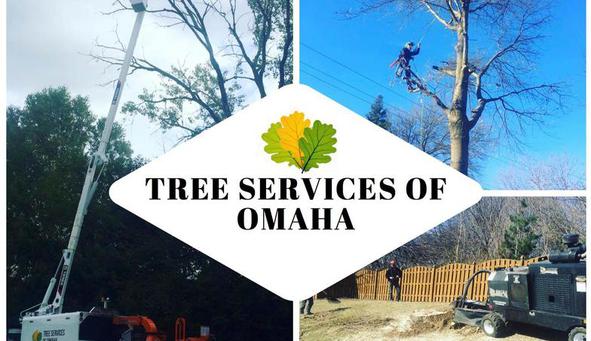Tree Services of Omaha - Omaha, Nebraska
Crown Reduction - Tree Pruning Care
by David Steg on 10/13/14
Reducing crown size places physiological stress on a tree because many reduction cuts are required. Unlike a removal cut, reduction cuts back to a weak natural boundary resulting in internal wood discoloration and decay behind pruning cuts, especially in weak compartmentalizers, in drought, or in trees in poor health. Although reduction cuts are preferred when reducing crown size, heading cuts are sometimes necessary. Crown reduction can lead to dead bark on top of retained branches from sudden sun exposure; this is very damaging to trees. For these reasons, it is best not to reduce the entire crown if at all possible, especially on mature trees. However, reduction is a useful pruning method which has many applications, especially when applied to selected portions of the crown for specific objectives. For example, it is a useful means of retaining very old trees. Trees have endured crown reduction since arriving on the planet having been reduced in size as they break in storms.
The objective is to make reduction cuts so lateral branch tips remain intact on the outer edge of the new, smaller crown (right photograph). Ideally, pruning cuts should be hidden and the crown periphery should look a bit jagged. Resist the temptation to create a smooth crown outline by pruning retained lateral branches because these are destined to become the main branches on the new, smaller crown. Heading (topping), shearing, tipping, lopping, or rounding-over are considered substandard techniques for reducing the size of a shade tree because they compromise the tree’s structure. If more than twenty-five or thirty percent of the foliage will be removed on anything but a young tree, consider dividing the job into two sessions, one growing season apart, to minimize starch (energy) removal and stress-induced sprouting.



